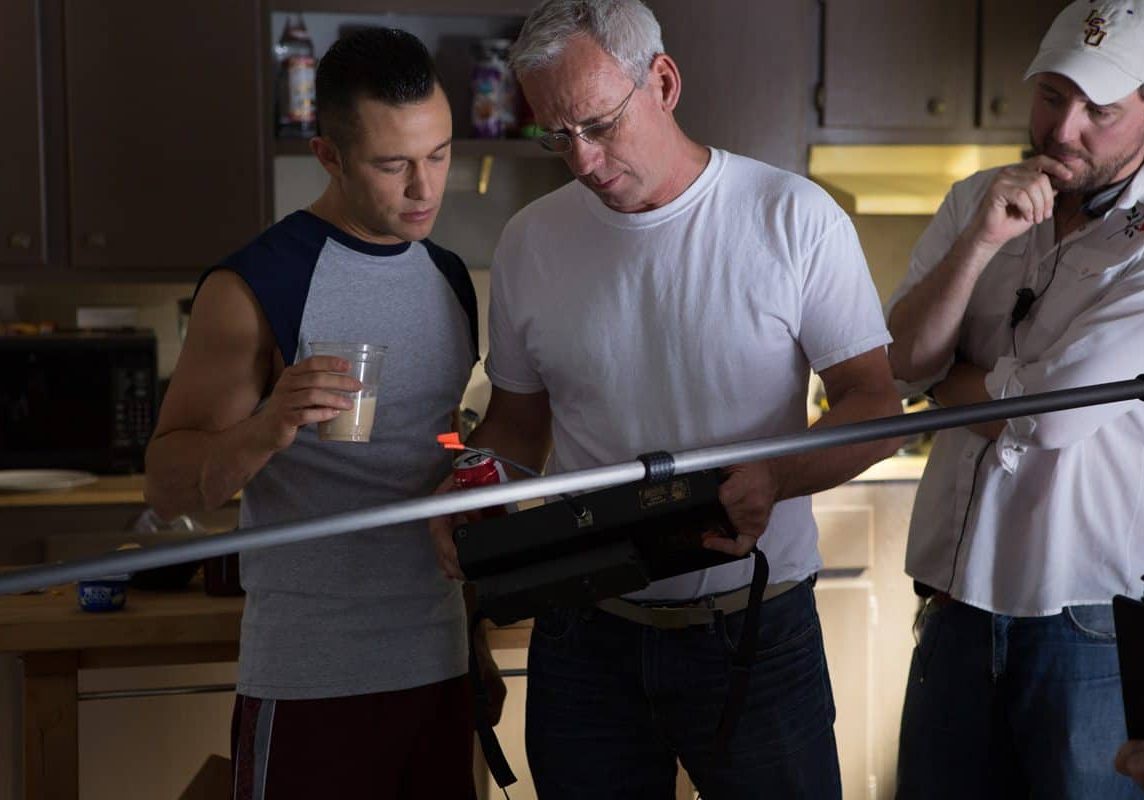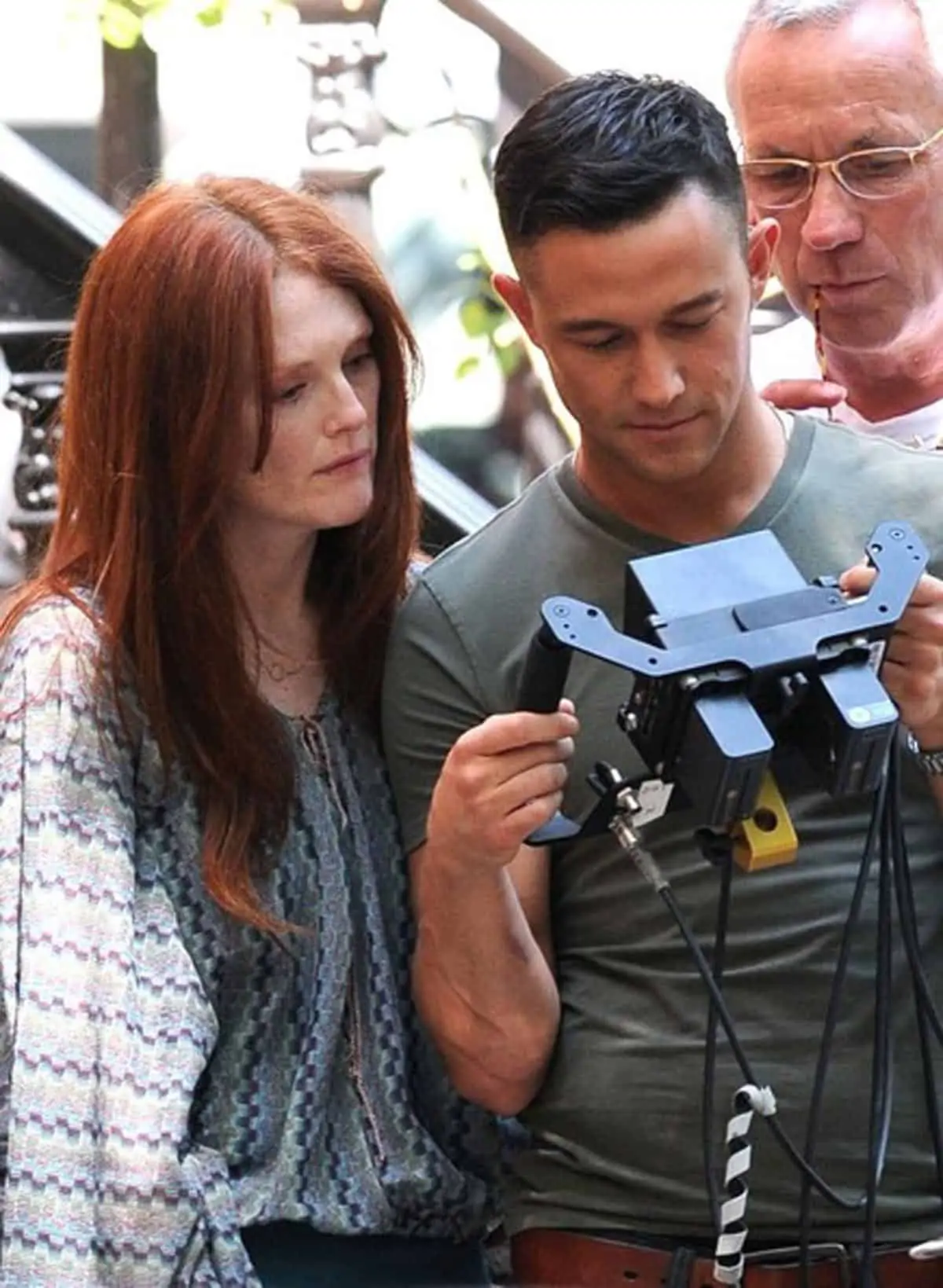Sex Bomb
Thomas Kloss / Don Jon

Sex Bomb
Thomas Kloss / Don Jon
It was creative, collaborative love-at-first-conversation between writer-director-actor Joseph Gordon-Levitt and cinematographer Thomas Kloss. There were many discussions to be had, and even disagreements to be discovered, but what ensued was what Kloss credits with changing his mind about cinematography.
“If you don’t agree with the fact that you need to give in to the wishes and work with the director, then you trick yourself,” he says. “That environment has to be there for your own photography to really come alive.”
Gordon-Levitt’s Don Jon is about a New Jersey guy obsessed with porn. He’s dedicated to his family, friends and church, he’s clean and hard-working, but can’t shake his addiction to online porn and develops unrealistic expectations of his own intimate relationships from watching too much of it.
Kloss, a DP mostly known for his extensive work in music videos, seems to have regained his faith in the art form of cinematography for feature films through his process on this project, and praises Gordon-Levitt with creating a light and fun set to work on, which he feels is essential to get the best work out of everyone.
“In late 2009,” recalls Kloss, “Marc Webb, whom I know through music video work, called me up to do a five-minute promo for a film called 500 Days Of Summer. I’d never heard of the actor before, but I met Joe on set and he was a sweet kid. And when I saw the work he did in that dance number, I was really impressed.”
Cut to the end of 2011: Kloss’s agent brought Don Jon to his attention. A meeting was set up between himself and Gordon-Levitt – even though the producers were looking for really young, eager and energetic cinematographers.
Gordon-Levitt’s first question to Kloss was, “How would you shoot this movie.” To which he replied: “It’s not up to me how to shoot the movie. My job is to understand what you want from me first and how you want to tell the story, then we will come up with a concept together to make it work.” ‘Joe’ was intrigued, to say the least.

Armed with Kodak Vision2 100T 5212 and Vision3 500T 5219 filmstocks, and with ceaseless help from Panavision with their Panaflex Millennium XL2, Panavision Primo and Angenieux Optimo Lens packages, the dynamic duo were able to stay within a very small budget to shoot what looked and felt far beyond a small-budget indie.
“I understand certain applications of digital photography,” Kloss says, “but I don’t understand why people say digital is always cheaper than film. Under certain circumstances film can be as cost-effective and visually more interesting.”
To stay within their budget confines, Kloss and Gordon-Levitt stayed away from pipe dreams about how they could shoot or what they could shoot with. So much of their early collaboration came out of deciding what tools they would have and for how many days, and then making creative decisions based on that information.
“But if Joe felt it was against the quality of the movie,” Kloss explains, “he’d go out and fight for what we needed. That’s an amazing thing to have in a director, and makes things very painless for me as DP.”
Kloss says he never made a decision on his own, even though Gordon-Levitt was a first-time director and some DPs may have felt it in their place to do so. Rather he’d give suggestions, provide two lighting setups perhaps, explain why he liked something better, and would discuss everything with Gordon-Levitt from that point on. Sometimes the young director went along with Kloss and sometimes he didn’t.
“The best-looking movie doesn’t do anything if the story isn’t told well,” Kloss says. “This wasn’t my chance to make a visual showcase for my work. My objective was to make the movie feel authentic, with a touch of hyper-reality where called for.”
To achieve this, Kloss made the interiors very naturalistic with only a small touch of a 1980’s retro look. Don Jon’s apartment was very grey and monochromatic and, because it was so small, they had to light it from the outside.
When they get into what Kloss calls “porn mode,” they used LEDs on the computer screen that Don Jon sits in front of to quench his addiction, and two KinoFlos beyond that to make the source of light on his face look hyper-real, almost cartoonish. This look also came in to play with Don Jon’s bedtime escapades with co-stars Scarlett Johannson and Julianne Moore’s characters – Kloss always splashing them with warm, orange and red light.
“We were going for a de-saturated ‘80’s music video look overall,” says Kloss. “I tried to not have too many colours in the frame at the same time, but to introduce each colour separately for its character. Like when we introduce Johannson’s character in the club scene. We wanted the audience to get the sense that we were singling them out, because that moment is a statement, specifically staged, to enact an emotion from the viewer.”

The music video look comes naturally to Kloss, since he’s shot Britney Spears, J-Lo, Madonna, and Lady Gaga – to name just a few. His feature film credits are far less, doing well in the mid-1990s with Fear and Palmetto. But Kloss says it was a conscious choice – perhaps not the right one in retrospect – to stick to music videos.
“Fear with Mark Wahlberg got me a lot of attention,” he recalls. “I was offered a bunch of bigger and interesting movies, but I turned them down. I had always enjoyed the music video world and I had small children to take care of and be there for, so the choices for me made sense at the time.”
In 2000, Kloss shot Showtime with Robert DeNiro and Eddie Murphy, but it fell flat at the box office. He was shell-shocked by the experience, having felt “disconnected from the cinematic skill as a cameraman being in a management position. It hadn’t been a creative position on that size movie.”

"We were going for a de-saturated ‘80’s music video look overall."
- Thomas Kloss
By 2005, Kloss found himself unable to get any movies because he didn’t really have a solid feature credit since the mid-1990s, and people wondered what had happened to him.
“That’s how it works in this business,” Kloss admits. “You need to stay relevant.”
Don Jon has performed well at the US box office and with critics, which proves to Kloss that his approach paid off.
“I’m really looking forward to meeting other directors who want to have a fair and interesting intellectual exchange while shooting and working together,” he says.







